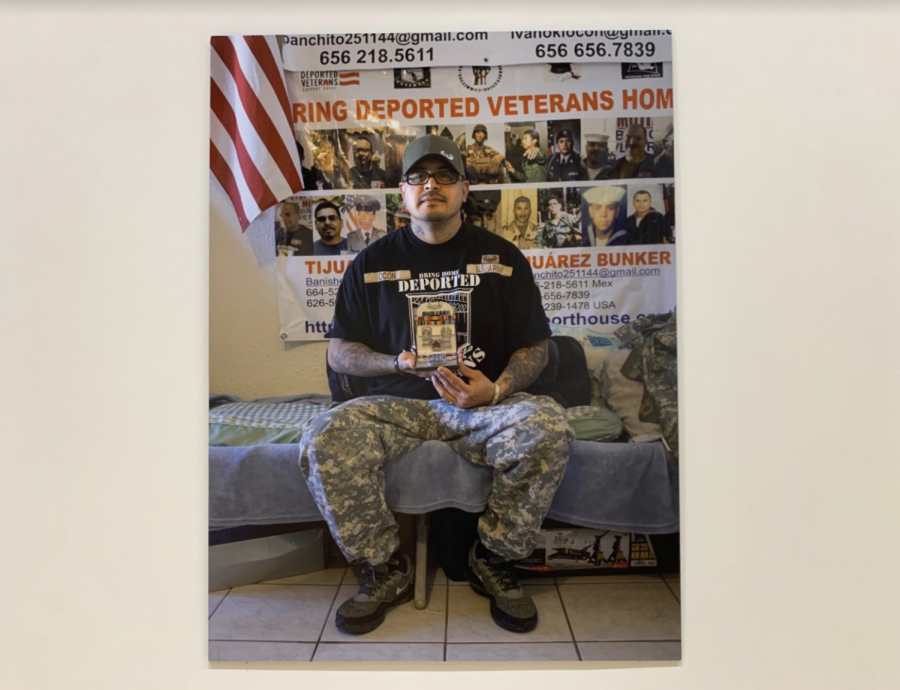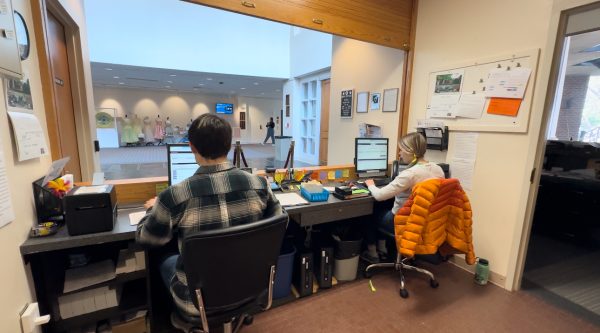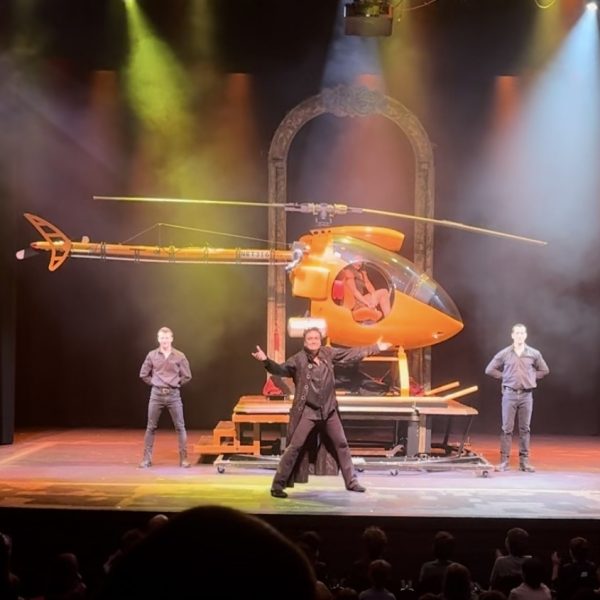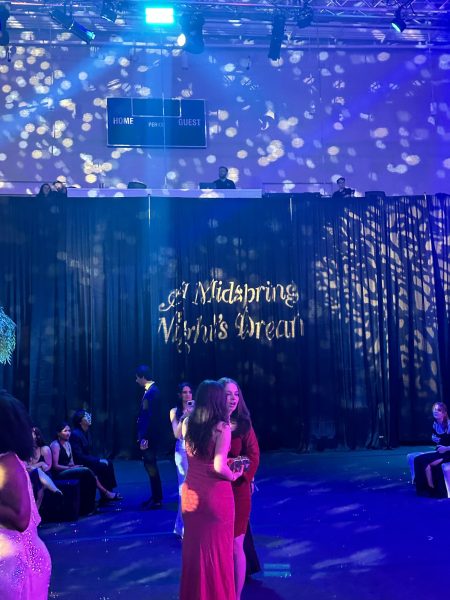Staniar Gallery exhibits storytelling photography
Xavier Tavera says his life is impacted by the people he photographs
Mary Alice Russell
October 1, 2019
Xavier Tavera will be the first to tell you that he is a storyteller before he is an artist.
For the past several decades, Tavera has told the stories of a variety of people – from fathers to circus performers to Latino and Latina veterans – through the lens of his camera. Tavera’s exhibit was up in Lenfest’s Staniar Gallery from Sept. 2 to Sept. 27 and displayed the stories he has worked to share with the world.
There were no labels, just well-staged pictures that speak for themselves. In his talk on campus on Sept. 18, Tavera expanded on those pictures and their stories, giving names to faces and stories to names.
“Talking to people is the best way to understand a place,” Tavera said.
Tavera remembers the life story of each person he photographs. Though he has them recorded as reference, he tells their stories himself, proving their impact on his own life. He said he is first and foremost an artist and storyteller, not a journalist with obligations of spreading information.
He said he tries his best to cross the Mexican-American border whenever he can to embrace the feelings and lives of the Latino and Latina individuals that he captures.
As a native of Mexico City himself, Tavera realized that in Mexico he was just Xavier, but in the United States he is a Mexican. Since moving to the United States in 1996, he said he has acts a voice of the Hispanic community whether he wants to or not. He said his experience has encouraged him to listen to others, especially to people that might not have been as fortunate as he.
Tavera said he seeks to listened and captures the voices of individuals that might be too afraid to reveal their truth to many. In one of his most recent projects, he has communicated with touch with Hispanic veterans that were deported back to Mexico after their service. These people feel traumatized after all that has happened to them.
Tavera breaks down their lives into three moments of trauma that have most affected them: their time in service, their time in prison, and their deportation. Many of the veterans Tavera has talked to said that deportation is the hardest, most painful experience that they have faced.
While deported veterans face a lot of shame and suffering, Latino and Latina U.S. veterans in general also face difficult times. In another one of his projects, Tavera met up with met up with many veterans and asked them about their stories, but in ways that they might not have been expecting.
“How about you tell me about the day you got back,” is a question that Tavera likes to ask veterans to learn more intimate details of their stories.
Chloe Parsons, ‘22, a museum studies minor, attended the event and believes that this sort of talk is beneficial for our campus climate.
“I found his talk to be very insightful,” she said. “He gave us an insight to more diverse perspectives.”
Tavera has also done some recent work on the U.S.-Mexico border, photographing people and places that show the impact of their separation. Tavera said he dreams of having a table, instead of a wall or a barred off box, where people could exchange stories and laughs and realize that all people are more alike than they are different.
The exhibition closed on Sept. 27.













